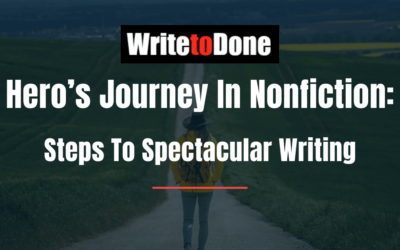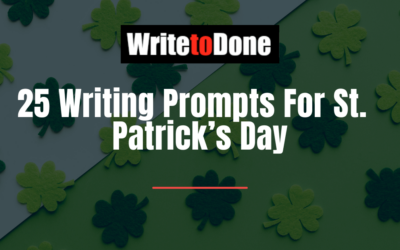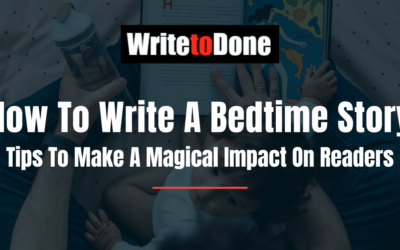How to convey character emotions?
The face is the first thing we notice in real life, and the focal point during any conversation.
We connect to a person’s gaze, paying attention to how their eyes widen, squint, focus inward or dart. We also watch their mouth, noting lip presses, teeth flashes, frowns, smiles and pursed lips. Eyebrow lifts, the forehead crinkling and relaxing…each facial micro movement is a message, a clue to what the person is thinking and feeling.
So as writers, is it important to maintain a strong focus in this area when we set out to describe character emotions?
Actually, it’s more the opposite. While the face might offer hundreds of micro expressions in real life, these split-second gestures do not always translate into strong emotional description.
Don’t get me wrong…the face is important! When a new character enters the scene, facial description is often the first beat of connection a reader has with them. A woman’s soft grey eyes, her rounded face, how sunlight glints through her curly auburn hair as she moves…these details help readers form an image.
But while face-centered description helps to paint a physical picture, it should not be relied on to also provide an emotional one. Instead, more descriptive ‘weight’ needs to be given to what the character’s body is doing.
By sheer mass, the body can provide thousands of possible movements, gestures and actions that will show readers what the character is feeling. Why? Because all readers (all people!) are body language experts. Ninety-three percent of communication is nonverbal, so we are constantly being fed messages through body movement. What we sense as we interact with others will dictate how we feel ourselves, and our behavior toward the other person.
Readers naturally apply this skill to what they read, and recognize body language on the page. Often the way a gesture or movement is described reminds them of how they used a similar one themselves when experiencing an emotion. This ‘shared experience’ is what powers up that empathy link between the reader and the character. Add this to emotion-rich dialogue, and, if the POV allows, snippets of the character’s thoughts and internal sensations (visceral reactions), and we can convey a powerful emotional moment!
Why doesn’t this body language skill apply to reading micro expressions?
Interpreting facial and body language is largely visual, and our readers are not seeing emotion being expressed first-hand. Instead, they are relying on their own imagination to work in tandem with the writer’s ability to create vivid description. Micro facial shifts happen quickly, and often several at the same time. Trying to break down these movements and describe them accurately can create a mechanical feel and slow the pace. There are larger, more recognizable expressions that work well as emotional cues (frowning, smiling, etc.), but they are often overused. Because of this, describing the character’s facial expression to show how they are feeling is something that should be done in moderation.
So the next time you have to show your character’s emotion, think beyond the face.
Instead, look at what the body might be doing. Delve into your past, remembering when you experienced the same emotion. What did your body do? How did it express itself? What did you feel inside–a heaviness in the chest, pain twisting your throat? Light-headedness from a surge of adrenaline? Skin sensitivity? Recreate the emotional moment and allow your senses to take over. Then, write it down.
Observing people in real life and in movies is another great way to build up a ‘store’ of body language to draw upon.
There are examples all around us of unique ways to express emotion, and all we have to do is look. 🙂
When you think about what body language movements to show, dig deep. The more work we put into crafting fresh body cues, the deeper the connection we forge with readers. Above all, readers read for the experience, so make sure to give it to them!
Your turn! Do you find yourself overusing facial cues to describe how your character feels? What do you struggle with when it comes to showing emotion? Let me know in the comments!
About the author:
Angela Ackerman is one half of The Bookshelf Muse blogging duo, and co-author of The Emotion Thesaurus: A Writer’s Guide to Character Expression. Listing the body language, visceral reactions and thoughts associated with seventy-five different emotions, this brainstorming guide is a valuable tool for showing, not telling, emotion.
















